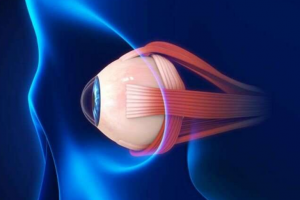Ultrasound-activated nanoparticles provide targeted control of brain activity
Researchers at Stanford University have developed a technique to non-invasively control activity in specific regions of the brain, using drug-loaded nanoparticles activated by a focused beam of ultrasound.
Researchers at Stanford University have developed a technique to non-invasively control activity in specific regions of the brain, using drug-loaded nanoparticles activated by a focused beam of ultrasound.
Currently, localized control of brain function either requires electrodes to be implanted directly into the brain, which is extremely invasive, or use of trans-cranial magnetic or acoustic stimulation of neurones. Such stimulation is imprecise, has a limited range of effects and has an unclear mechanism of action.
The Stanford researchers have demonstrated a new non-invasive approach for targeted control of brain activity. They embedded the anaesthetic propofol inside polymer nanoparticles, which are about 400 nm in diameter and can be injected intravenously in solution. When in the blood, the drug usually remains encased inside the nanoparticles. However, when exposed to ultrasound, the nanoparticles break up, releasing the drug, which can then diffuse into the surrounding tissues.
To continue reading click the here.





Related Posts